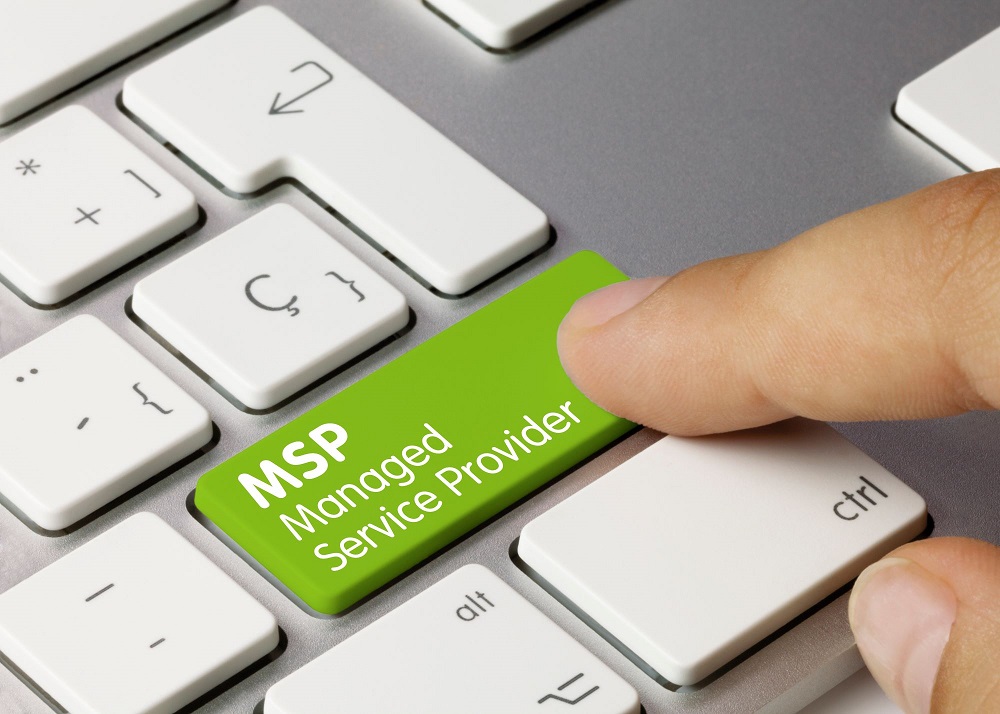In the realm of Information Technology (IT), Managed Services Providers (MSPs) play an integral role. MSPs offer comprehensive IT solutions, enabling businesses to focus on their core operations.
To fully benefit from an MSP, it’s crucial to employ some key strategies. So, how does one transform their MSP experience from merely satisfactory to truly exceptional?
1. Understand Your Business Needs
To fully leverage the potential of a Managed Services Provider (MSP), you have to get a firm handle on your organization’s specific needs. Without a clear understanding of your needs, deriving full value from an MSP could prove challenging.
To do this effectively, you should recognize the specific areas that require attention or enhancement. After pinpointing these areas, align them with an MSP that provides services to meet these particular needs.
Consider the following steps to understand your business needs better:
- Conduct an internal audit of your IT systems.
- Pinpoint areas of frequent technical glitches or downtime. This could include network management, cybersecurity threats, data storage, or cloud migration.
- Identify the IT skills that your team might be lacking.
- Consider your long-term business plans and how technology will play a role.
- Choose an MSP that can cater to these identified needs.
Remember, thoroughness and meticulousness are crucial in mapping your IT voyage. Once you’ve laid bare these needs, the next step involves selecting an MSP to address these areas.
2. Opt For A Scalable Service
Think of your business as a dynamic organism. It grows, evolves, and adapts in response to varying conditions. The same principle should apply to your IT support. When choosing an MSP, it’s crucial to pick one that offers scalability. This means your IT solutions have the flexibility to expand or contract based on your business needs.
Selecting a scalable MSP allows your IT infrastructure to keep pace with your business’s growth. It’s like having a tailor-made suit that adjusts to your size, even if you gain or lose a few pounds. This adaptability is essential, ensuring your business always has the IT support it needs without unnecessary excess or shortage. It’s all about flexibility, and a scalable MSP offers just that.
Identifying a reliable and scalable MSP involves meticulous research. Start by exploring websites of trustworthy service providers like shipshapeit.com, with a solid market reputation. Reliable MSPs have robust service offerings and a commitment to scalability to accommodate your evolving business needs.
3. Foster Strong Communication
With your choice of an MSP made, your next step is to ensure that dialogue remains open and active. Communication serves as the lifeblood of this relationship. It’s your bridge to addressing IT hiccups, aligning with your company’s objectives, and sharing any concerns you might have. This is where your relationship with your MSP truly flourishes.
Being candid and open with your MSP can lead to an improved IT environment geared toward your company’s needs. Regular meetings and progress reports are vital to ensure that you and your MSP are aligned. These meetings serve as check-ins, giving you the opportunity to share any new challenges and for your MSP to provide you with updates on ongoing projects or any changes in the IT landscape that could affect your business.
4. Understand The Service Level Agreement
The Service Level Agreement (SLA) stands as the backbone of any relationship with an MSP. It’s the blueprint that outlines the responsibilities of both parties, stipulating elements such as response times, services provided, and terms of service. Gaining a clear understanding of your SLA is like studying a map before embarking on a journey—it can help you avoid any unexpected roadblocks or pitfalls down the road.
Understanding your SLA is more than just a cursory glance at the document. It’s about familiarizing yourself with every clause, and every detail, ensuring no surprises pop up later. It’s your shield against disputes and misunderstandings. A clearly defined agreement paves the way for a smoother journey with your MSP.
5. Leverage The Expertise
Think of MSPs as a treasure trove brimming with IT expertise. They’re like your personal library of IT knowledge, offering a wealth of resources at your fingertips. This expertise isn’t there to simply look impressive; it’s a tool to bolster your company’s IT strategy, turning weak points into strengths.
Don’t hesitate to tap into this vast knowledge pool. Be proactive in seeking their advice, take advantage of their training resources, and utilize their cutting-edge tools. It’s like having a secret weapon in your tech arsenal, ready to give you that much-needed edge in today’s digital battleground. Always remember, the expertise of your MSP is there to be harnessed, not ignored.
6. Prioritize Security
In today’s digital landscape, cybersecurity isn’t just important—it’s essential. As you leverage an MSP for your IT needs, one of your priorities should be ensuring that robust security protocols are in place. This isn’t just about protecting data; it’s about securing peace of mind in your digital operations.
Making security a top priority with your MSP means:
- Ensuring regular system updates and patches
- Setting strong, unique passwords and changing them frequently
- Utilizing multi-factor authentication
- Regularly backing up essential data
- Incorporating an incident response plan
By integrating these strategies, you’re not just adding a layer of protection to your sensitive data but also creating a safe digital environment for your operations to thrive.
7. Plan For The Unexpected
Disruptions come in many forms, from natural calamities to human errors, and these unexpected events can throw a wrench in your business operations. When working with an MSP, maximizing their services requires a robust disaster recovery plan. It’s like having an insurance policy, ensuring minimal downtime when the unexpected strikes.
Planning for the unexpected involves:
- Creating a comprehensive disaster recovery plan
- Regular data backups to secure locations
- Having redundant systems in place for critical operations
- Regularly testing and updating the disaster recovery plan
- Training your team on emergency protocols
With these strategies, you’ll be prepared to tackle any unexpected event, ensuring your business operations continue with minimal disruption. It’s about being proactive, not reactive, in your approach to IT management.
8. Conduct Regularly Evaluations
Keeping a steady eye on the services provided by your MSP is crucial. It ensures your IT processes and operations remain optimal. Regular evaluations of the services rendered by your MSP not only confirm their alignment with your business needs but also offer an avenue for continuous improvement.
Carrying out these evaluations effectively involves:
- Setting a regular schedule for evaluations
- Developing a comprehensive checklist of areas to review
- Gathering feedback from different departments within your organization
- Communicating the feedback effectively to your MSP
- Developing an action plan for any necessary adjustments
Evaluations aren’t just for identifying faults; they present opportunities for fine-tuning and ensuring your IT support aligns with your best interests. Regular reviews help keep the MSP relationship beneficial, productive, and aligned with your evolving business needs.
9. Take Advantage Of The Cloud
Cloud computing isn’t just about storing data on remote servers; it’s about harnessing a powerful, flexible technology that can adapt to your business needs. It’s a potential game-changer, offering opportunities to streamline operations, reduce IT costs, and improve data accessibility. By integrating cloud services offered by your MSP, you’re adapting to modern technology trends and equipping your business with a versatile tool for growth and efficiency.
10. Seek Continuous Improvement
In a fast-paced world of technology, your business must continue to thrive. With this, aiming for continuous improvement with your MSP isn’t a luxury—it’s a necessity. Technology doesn’t stand still; it’s constantly evolving, and your MSP services should mirror this dynamism.
Proactively seeking the latest tech innovations can unlock new opportunities for your business. It’s like being an explorer on the frontier of technological advancements. By asking your MSP how these innovations can be incorporated into your IT strategy, you’re continually fine-tuning your approach. It’s not just about keeping up with the Joneses; it’s about striving to improve, optimize, and continuously enhance your IT support. After all, improvement isn’t a destination—it’s a journey.
Conclusion
Maximizing your MSP experience is about more than just signing a contract. It requires understanding your needs, fostering communication, ensuring scalability, and continuously seeking improvement. Employing these strategies sets you on the path to reaping the full benefits of your MSP.



